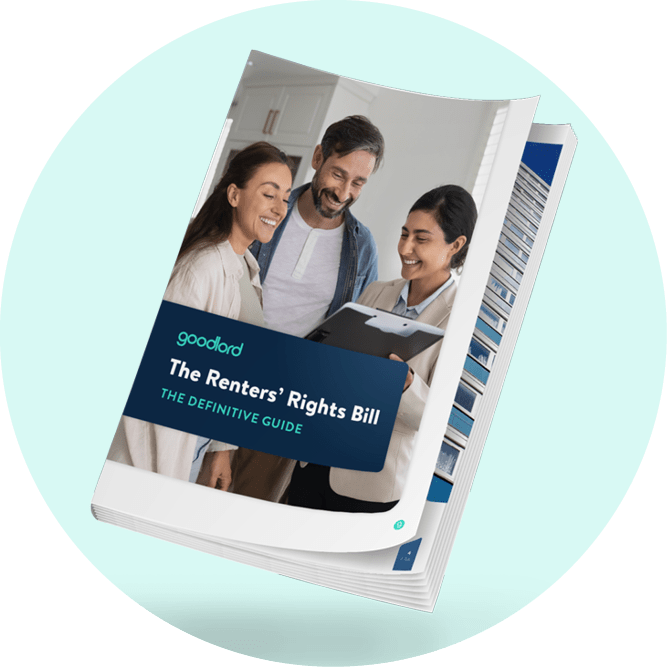What's changing for the Housing Health & Safety Rating System (HHSRS)?
The Housing Health and Safety Rating System (HHSRS) has been reviewed, so here's what could change for assessing hazards in your landlords' properties.
The Housing Health and Safety Rating System (HHSRS) outlines the hazards that may affect a property's fitness for human habitation. However, this system may soon be changing, according to a new summary report of a review into how it works and how it could be updated.
Here's what's covered in this guide:
- What is the Housing Health and Safety Rating System (HHSRS)?
- How is the HHSRS currently used in the private rented sector?
- How is the HHSRS currently used in the social housing sector?
- What updates have been proposed for the HHSRS?
- What are the next steps - and when could the changes come into play?
What is the Housing Health and Safety Rating System (HHSRS)?
The Housing Health and Safety Rating System (HHSRS) is a tool that letting agents and landlords can use to gauge any potential hazards in their privately rented properties.
The system outlines 29 hazards - from damp and mould to carbon monoxide exposure - and helps assess the seriousness of any risk of harm to tenants in a property.
You can read more about the current list of 29 hazards on the government's site.
How is the HHSRS currently used in the private rented sector?
The Homes (Fitness for Human Habitation) Act 2018 sets out how landlords and agents can make sure that properties are "fit for human habitation" at the beginning and throughout a tenancy.
The government's guidance for landlords outlines that an HHSRS assessment is not necessary for a court to decide on if a property is considered "fit". However, it can help landlords "establish whether a serious health and safety hazard is present."
How is the HHSRS currently used in the social housing sector?
The HHSRS is also currently used in the social housing sector, under the Decent Homes Standard. The standard states that "to be decent, a dwelling should be free from category 1 hazards", which are listed in the HHSRS.
The Decent Homes Standard is currently under review, to consider how it could also be updated, and how it could be applied to the private rented sector.
A consultation on this closed in October 2022, with results yet to be published.
What updates have been proposed for the HHSRS?
The key takeaway from the report is the need to simplify the current assessment process.
This simplification would include:
- Combining and reducing the number of hazards to assess from 29 to 21
- Producing an easier way to band the results of assessments, moving towards a "traffic-light approach", with descriptions such as "extreme" or "moderate"
- Publishing an easy-to-understand checklist to help initially assess serious hazards; e.g. "stairs must be safe, secure, in sound condition, free of defects and projections, well maintained"
- Publishing new enforcement guidance
- Analysing how digital assessments could link with existing databases, and reviewing training requirements
- Reviewing the "fire" hazard, to reduce the risk of fire in tall buildings, after the Grenfell disaster
What are the next steps - and when could the changes come into play?
The review shares that "new regulations will be necessary to bring the revisions to the HHSRS into force".
The regulations would amend the list of hazards, how to assess them, and how inspections would take place.
Any new regulations would then be introduced after the Decent Homes Standard review has concluded.
This article is intended as a guide only and does not constitute legal advice. Visit gov.scotfor more information.









